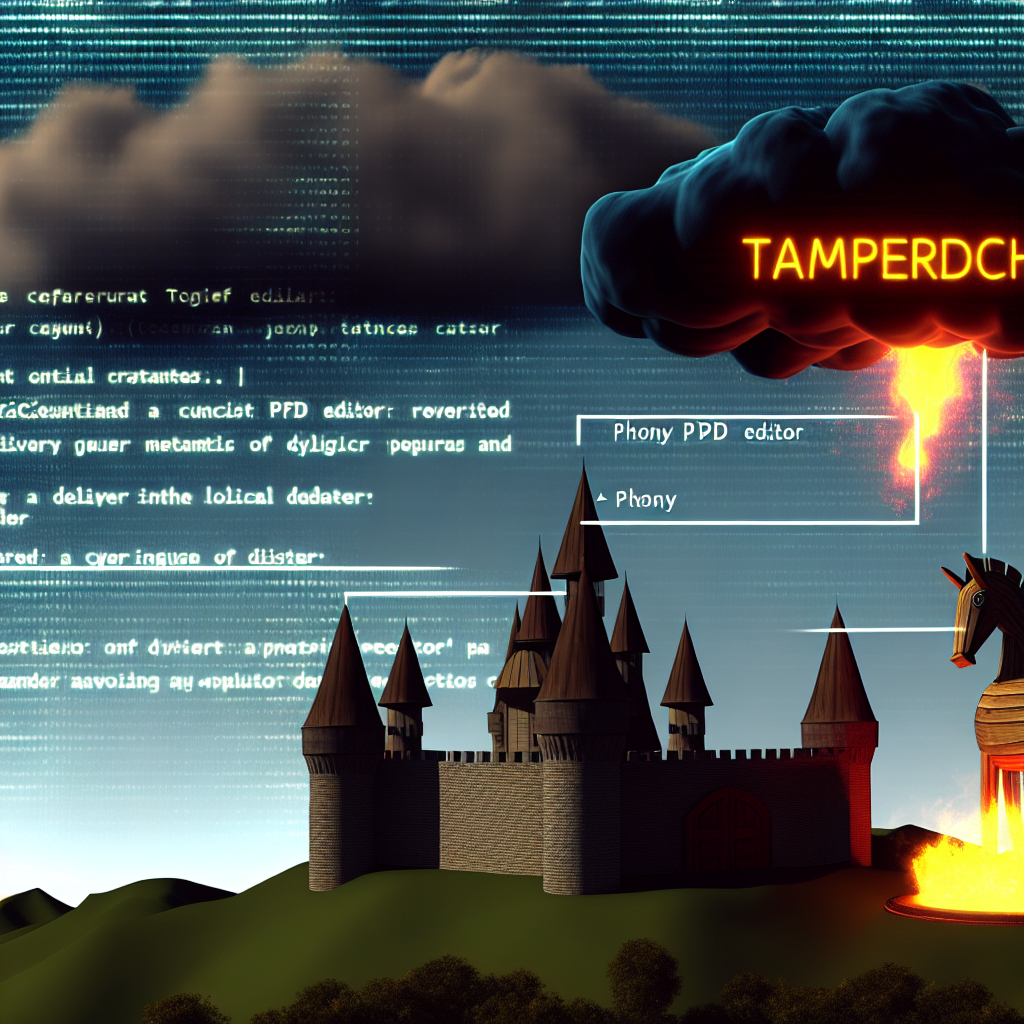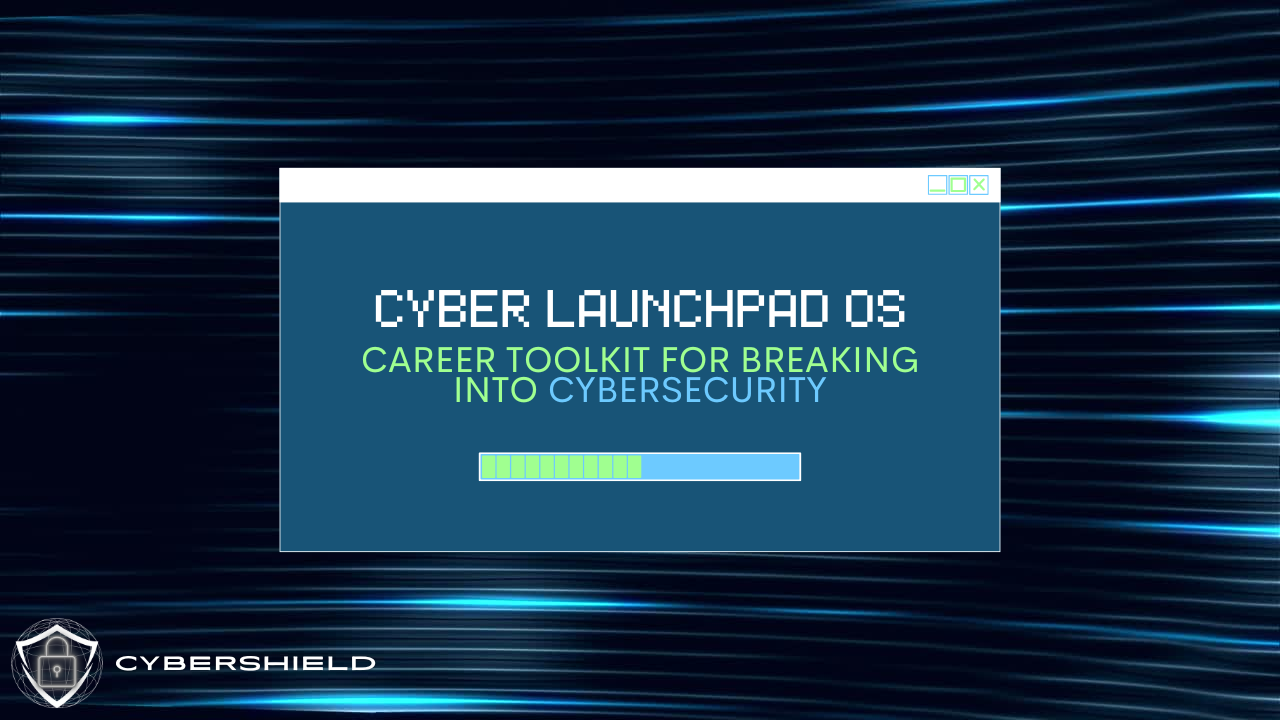Decoding Modern Cyber Threats: A 3-Step Model for Leaders & Emerging Professionals
- 4 minutes read - 759 wordsIn today’s relentlessly evolving digital arena, tactics once considered unlikely—scam gambling sites, misused forensic tools, shadowed personal security concierges, and deceptive online ads—are being harnessed by sophisticated cybercriminals.
Whether you’re a CISO orchestrating enterprise defense or an aspiring analyst eager to upskill, understanding these emerging threats is critical.
In this post, we unpack a strategic three-step model that explains how these threats materialize and offer actionable insights to transform your risk management approach.
Sponsored By
💡 Power your growth with the tools I personally use:
- 🚀 Hypefury — The ultimate tool for growing your audience and automating Twitter threads that actually go viral.
- 🎨 Carrd — Build beautiful, responsive landing pages in minutes. Perfect for portfolios, waitlists, and personal branding.
Step 1: Recognize the Changing Threat Landscape
Cyber threats are no longer confined to obvious vulnerabilities. New schemes—like the surge of fake online gaming sites that lure unsuspecting cryptocurrency users with free credits—demonstrate a disturbing blend of legitimate appearance and devious intent (KrebsOnSecurity).

Compare this with other trends:
- Abuse of Legitimate Tools: Open-source forensic tools such as Velociraptor are being repurposed to download trusted applications like Visual Studio Code, only to facilitate covert operations (The Hacker News).
- Personal Cybersecurity Services: A growing trend is the “personal cybersecurity concierge,” designed to safeguard individual digital footprints in a world of escalating online threats (Wall Street Journal).
Key takeaway: Modern cyber threats demand not only technical vigilance but also a strategic rethinking of how trust is built and maintained in digital ecosystems.
Step 2: Build Resilience Through Strategic Frameworks
For cybersecurity leaders and emerging professionals alike, moving beyond reactionary measures is essential.
Here’s a three-pronged framework to build resilience:
💡 Want to go deeper?
If you’re aiming to lead a security team, break into cybersecurity, or operate with greater speed and confidence — this is the toolkit you’ve been missing:
🔗 Cybersecurity Leadership OS: Battle-Tested Mental Models for Clarity, Speed & Command
Proactive Intelligence & Auditing
- Employ rigorous and regular cloud audits. Rather than viewing audits as bureaucratic roadblocks, integrate them as trust multipliers that reinforce transparency (Dark Reading).
- Build comprehensive logs and detection systems to monitor unusual software behaviors and tool misuses.
Community-Driven Mentorship & Collaboration
- Engage in a community of practice. Whether it’s “hacking stuff together” with peers or building networks for career growth, mentorship is a key driver for innovation and risk mitigation (Talos Intelligence).
- Leverage these networks to share insights on ethical considerations, as seen in affiliate schemes exposing crypto vulnerabilities.
Tailored Personal & Enterprise-Level Cybersecurity Solutions
- For individuals, consider the emerging model of a personal cybersecurity concierge to manage your digital risk.
- For enterprises, develop targeted strategies that balance business risk with advanced threat detection systems. Understand the financial implications illustrated by cases like Nvidia’s revenue concentration (TechCrunch) to prioritize diversification and resilience.
💡 If you’re serious about breaking into cybersecurity, stop guessing and start launching.
🛡️ Cyber Launchpad OS is your all-in-one career toolkit for going from “Where do I start?” to “I just got hired.”
🚀 Break into cybersecurity with clarity, job-ready projects, and guided roadmaps tailored to your background.
🔗 Get Cyber Launchpad OS – Includes labs, templates, role roadmaps, and more.
Step 3: Execute with Agility and Informed Decision-Making

The ability to pivot swiftly based on real-time intelligence distinguishes leaders from followers. By:
- Implementing continuous employee training and threat intelligence updates,
- Engaging with trusted partners (and sometimes even challenging the status quo),
- Relying on robust response plans anchored in both technology and human oversight, you empower your organization or career to adapt.
This agility minimizes the fallout from unexpected breaches or shifts in the threat landscape, aligning operational risk with strategic business imperatives.
Final Thoughts
Cyber threats grow increasingly complex and intertwined with everyday tools and strategies. Recognizing trends—from tampered PDF editors delivering info-stealers (Bleeping Computer) to targeted misuse of auditing and mentorship initiatives—can be your competitive advantage in dynamic cybersecurity management.
Takeaway for every audience:
- For cybersecurity leaders: Align your strategic frameworks to mitigate evolved risks.
- For aspiring professionals: Build networks and a learning mindset that prepares you for agile, informed defense.
- For startups & SMBs: Prioritize scalable, repeatable processes that protect innovation without slowing momentum.
💡 If you found this helpful, learn the thinking that separates leaders from followers
🚀 Supercharge Your Cybersecurity Career with 🔗 CyberSHIELD PRO Membership – Unlock Exclusive Benefits Today!
Ultimately, whether you’re spearheading enterprise risk management or mapping out your career trajectory, use this three-step model as a mental guide to build, defend, and evolve in today’s threat environment.
Stay informed, stay empowered,
CyberSHIELD | CybersecurityOS
